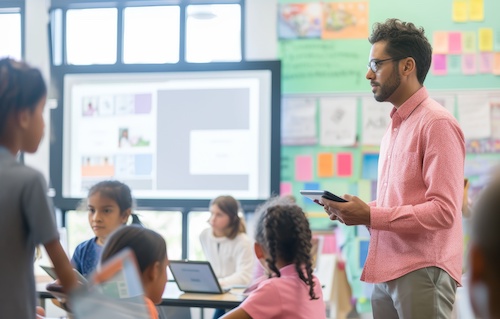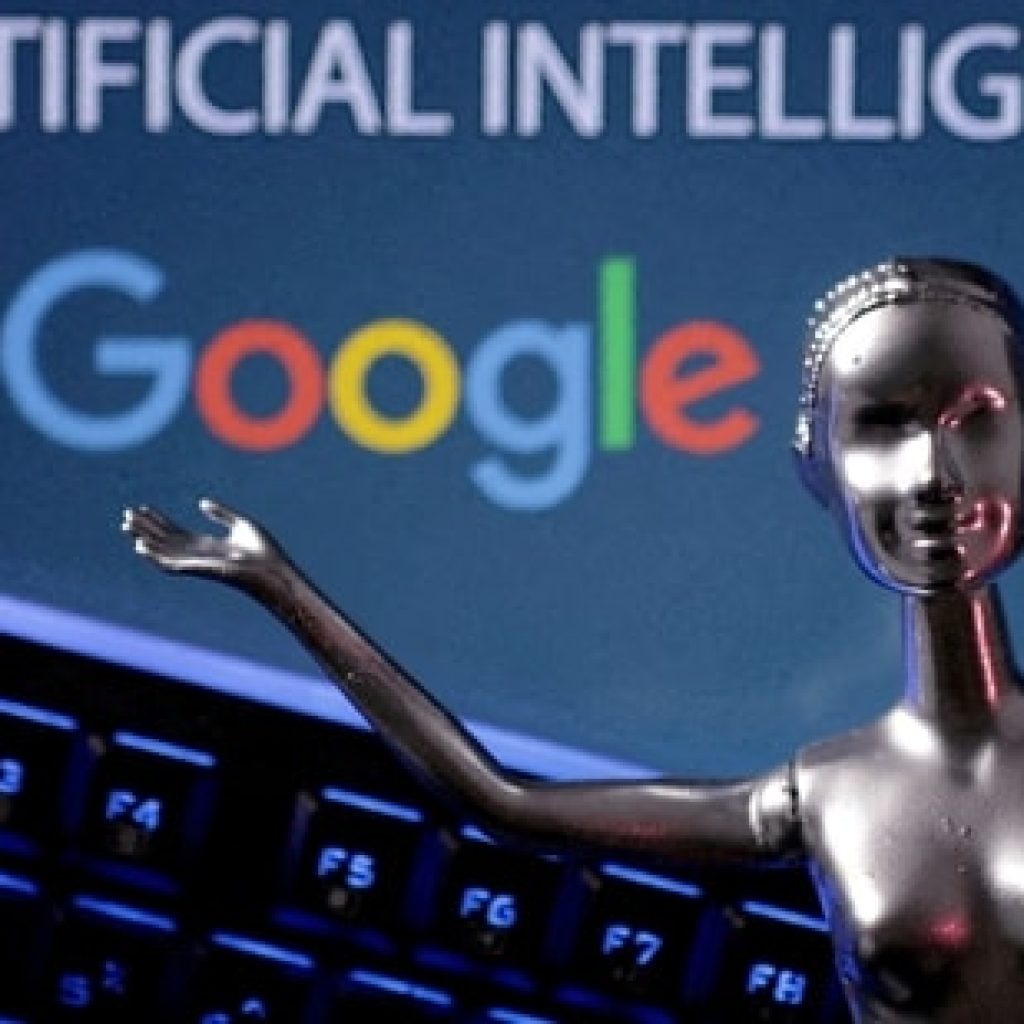The University of Northern Colorado (UNC) students have already become accustomed to artificial intelligence teaching assistants in their classes, which is a huge shift from their traditional teaching methods. During classes assisted by instructor Larissa Schwartz, students are immersed in AI-related challenges, logically focusing on their application to children’s books.
AI incorporation in teaching
Apart from Junior Vivian Johnson, peers have all made a little history this year, reshaping the way they conceive classic children’s tales through Chat GPT, representing a whole new level of imagination and activation to the learning process in education is its ability to support students in expanding their horizons or exposing them to AI.
Also, read: AI in education
This initiative has creative and exploratory components to examine how AI can be used as a teaching tool across different subjects and education levels. Learners like Johnson find themselves in places they never thought possible and use AI in a way intended to produce an understandable curriculum for students learning a foreign language. This revolutionary program has taken an inventive approach to changing teaching paradigms and clarifying that technology should be integrated adequately into education.
The issue of AI Integration in education
Though it offers many more advantages, AI applications in education have specific difficulties and limits. For purposes of UNC, Ashley Stafford and Jackson Greer identified some AI difficulties when using applications such as CoPilot.
Also read: implications of AI education
The problems were related to accuracy, especially regarding the specifics of the task. Weaknesses such as complicated explanations and incomprehensible interfaces could be the reason for more complete AI solutions specialized for education. Schwartz states that this factor should not be ignored; it’s an aspect that should be considered when using AI to help people with disabilities.





